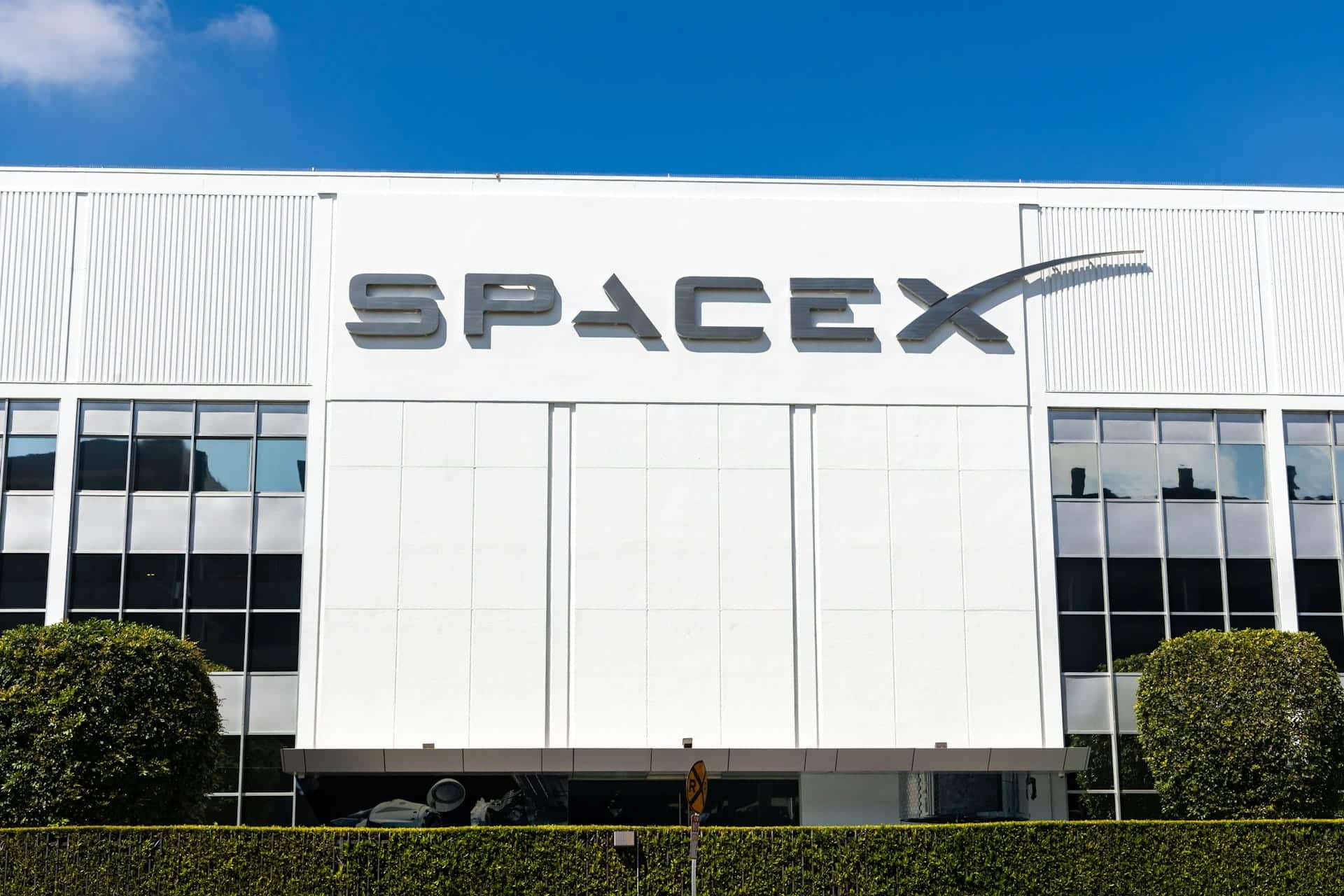Sure! Here is the translation into American English:
SpaceX Expands Its Reach with FCC Approval
The Federal Communications Commission (FCC) has approved an increase in power for SpaceX’s direct mobile phone connection service, a key milestone that will enhance connectivity in remote areas where terrestrial infrastructure is nonexistent or inadequate. This authorization will allow SpaceX to utilize frequencies adjacent to those of T-Mobile with greater power without interfering with other networks, facilitating the expansion of the service beyond text messaging and emergency calls, enabling real-time voice calls and video conferencing.
This decision marks a turning point in the telecommunications industry, as direct satellite service to smartphones represents the next big leap in the evolution of mobile connectivity, allowing any user with a compatible phone to connect to a satellite network without the need for additional devices.
What Does This Mean for Satelllite-Enabled Mobile Phones?
The FCC’s decision not only benefits SpaceX and T-Mobile, but also accelerates the development of a new generation of mobile phones equipped with satellite connection modules. Currently, models with this capability are limited, but the industry is already moving toward integrating it as a standard feature to enhance coverage anywhere in the world.
Some of the key changes and benefits this technology will bring include:
1. Expansion of Coverage in Areas Without Mobile Infrastructure
Mobile phones with satellite connection support will no longer rely exclusively on terrestrial cell towers. In rural, mountainous, or maritime areas where traditional cellular networks do not reach, users will be able to make calls, send messages, and access emergency data without interruptions.
2. Greater Independence for Travelers and Professionals in Extreme Environments
For those who work or travel in remote areas, such as explorers, sailors, pilots, or scientists, this innovation eliminates the need for costly dedicated satellite phones, allowing access to reliable communication networks through conventional devices.
3. Improved Safety in Emergency Situations
The ability to communicate anytime and anywhere will enhance personal safety and emergency response. From accidents on roads without coverage to natural disasters that damage cellular infrastructure, satellite connectivity will ensure that people can call for help regardless of the circumstances.
4. Impact on the Smartphone Industry
Manufacturers like Apple, Samsung, and Google are already exploring how to integrate these capabilities into their upcoming devices. Apple introduced the satellite emergency SOS feature in the iPhone 14, though with very limited applications. SpaceX’s authorization will allow for a broader and more functional service, with support for real-time calls and data.
The industry is evolving toward a scenario where satellite connectivity will be the standard in smartphones, spurring competition among operators and manufacturers to improve accessibility and functionality of these networks.
The Role of SpaceX and Competition in the Sector
With the FCC’s approval, SpaceX and T-Mobile are ahead of their competitors in the race for direct satellite connectivity to smartphones. However, other companies have also entered the fray:
- AST SpaceMobile, in partnership with AT&T and Verizon, is developing a similar network aimed at providing satellite connectivity in conventional phones.
- Apple has worked with Globalstar to offer its satellite emergency service, though with still limited coverage and capabilities.
- Hughes and Lynk Global are also developing technologies to provide satellite access to standard mobile devices.
The mobile satellite technology is expanding, and the FCC’s decision will accelerate the deployment of these networks, forcing operators to adapt quickly.
Next Steps and Expectations for Users
SpaceX’s service is currently in a free beta phase, open to all US carriers until July 2025. Once this phase concludes, users of rival companies and certain T-Mobile plans will need to pay a monthly subscription to access the satellite network.
Of the more than 7,000 Starlink satellites in orbit, approximately 500 already have technology for direct mobile connection, and this number is expected to increase significantly in the coming years.
When Will It Be Accessible to Everyone?
While the technology is already underway, full integration with commercial smartphones could take 2 to 5 years to solidify, depending on:
- The implementation of new satellites with greater transmission capacity.
- The development of smartphones with compatible hardware and improvements in energy management.
- The adjustment of rates to make the service economically viable for all users.
Experts predict that by 2027, smartphones with satellite connectivity will be a common feature, allowing anyone to call, send messages, and use data anywhere in the world, regardless of terrestrial coverage.
Conclusion: A Step Toward Global Connectivity Without Borders
The FCC’s authorization for SpaceX to increase the power of its satellite transmissions is a key advancement in the evolution of mobile telephony. This development will not only enhance connectivity in the US but also lay the groundwork for truly global coverage, reducing dependence on terrestrial networks and ensuring access to communication anywhere on the planet.
The coming years will be crucial for the expansion of this technology. With the backing of companies like SpaceX, T-Mobile, Apple, and AT&T, the future of smartphones will be defined by borderless connectivity, greater security, and a revolution in how we communicate worldwide.
via: Curious Science News

